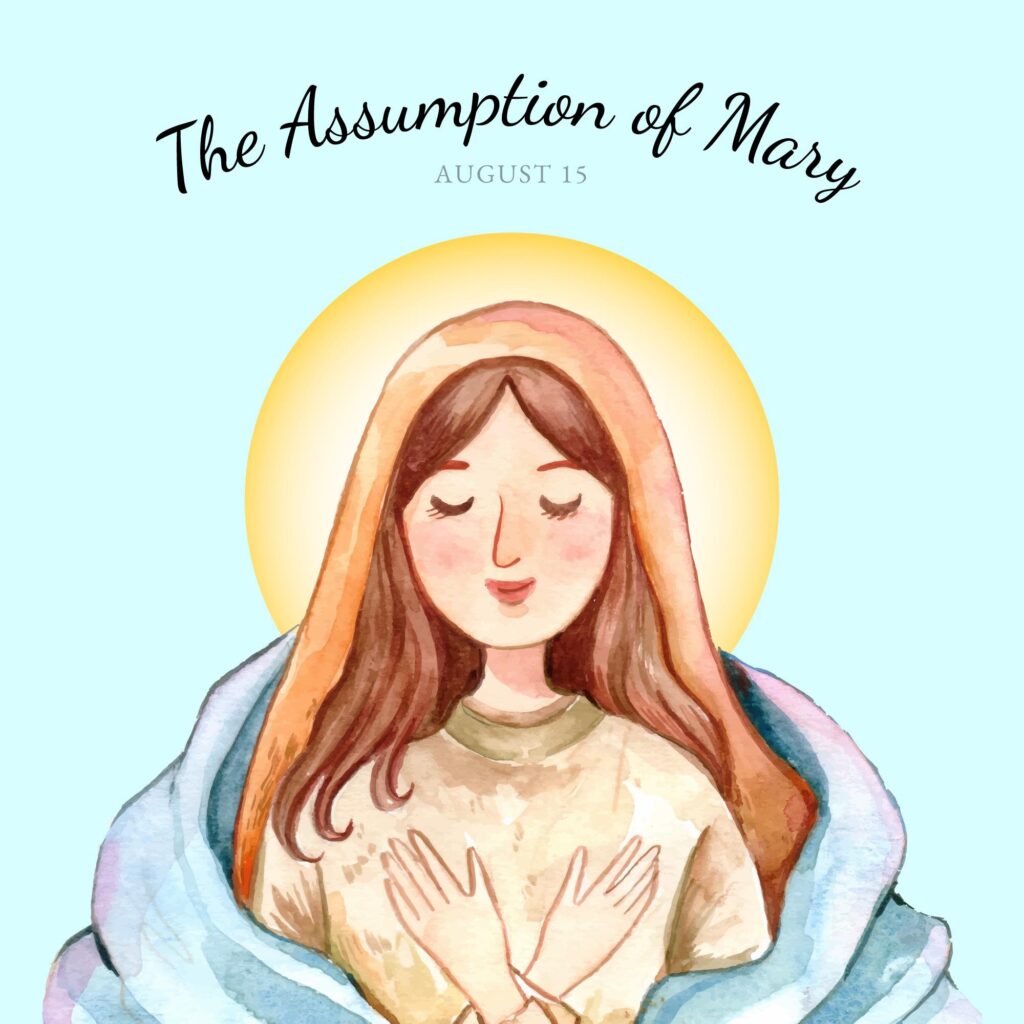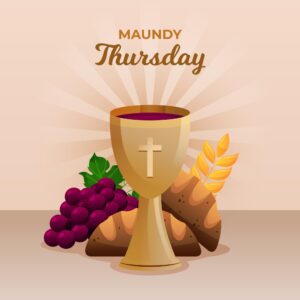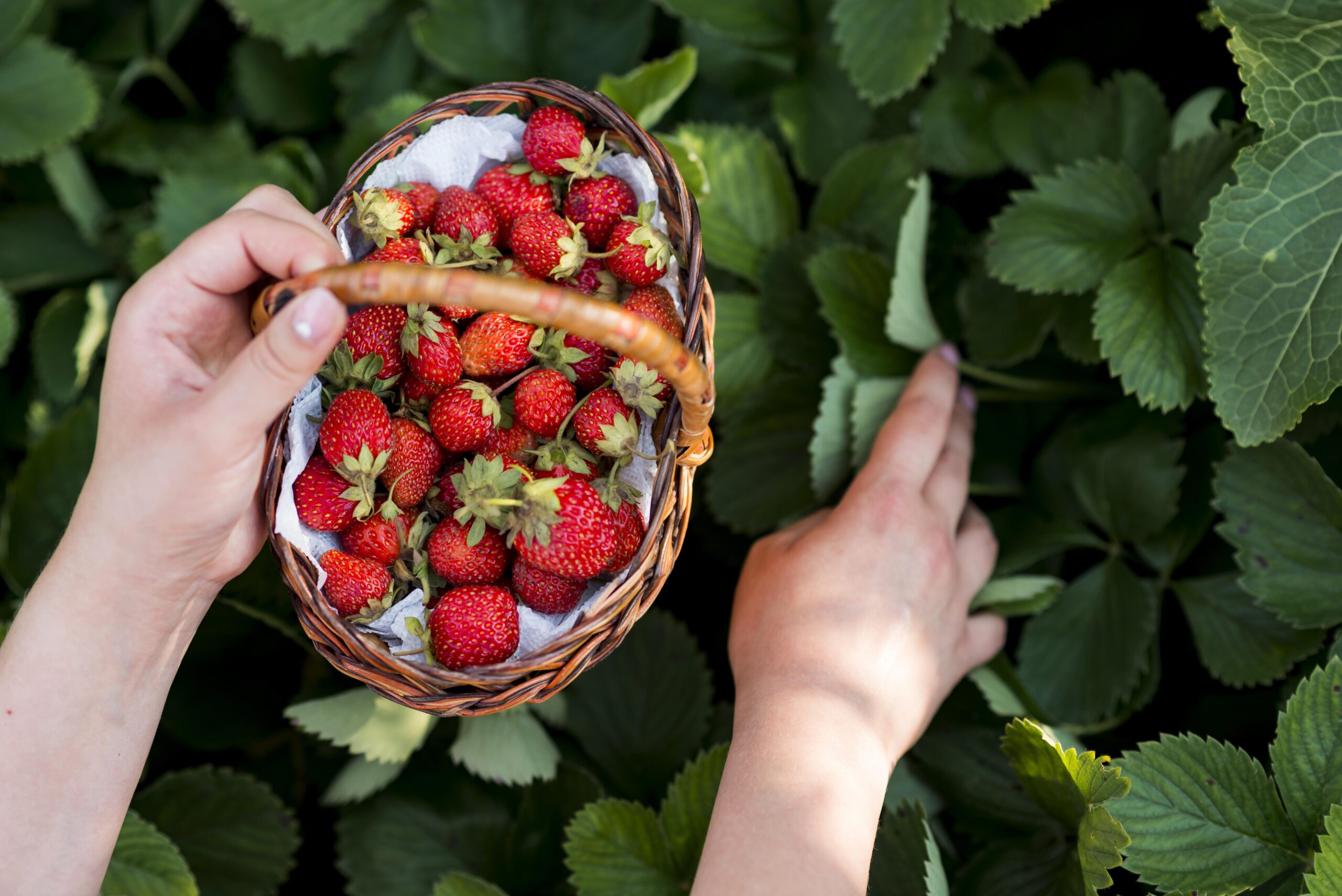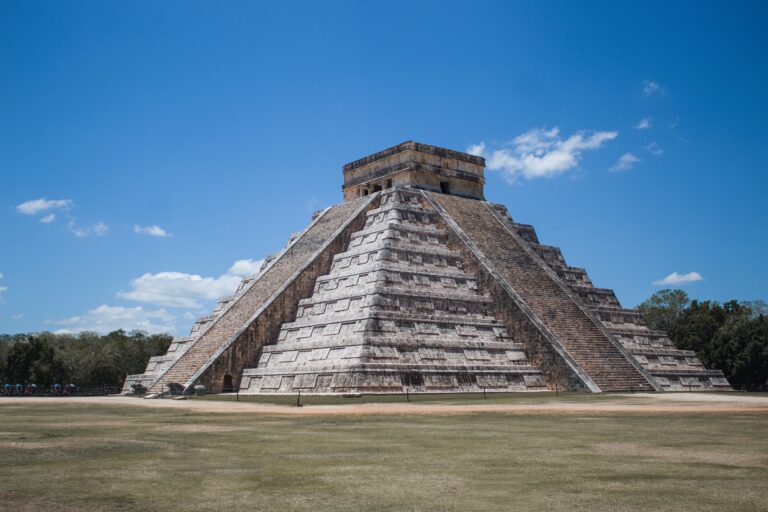The Assumption of Mary is a feast day in the Catholic Church that celebrates Mary’s entrance into Heaven. This is the Virgin Mother’s principal feast. It is sometimes referred to as Assumption Day, celebrated around August 15th each year. The holiday is considered a heavenly birthday and a Holy Day of Obligation, meaning that observers will attend mass.
The celebration differs greatly with the culture, with some, considering it important and others viewing it as a minor holiday. Americans will celebrate after mass with a large feast. Italians will hold vibrant processions and fireworks along with regional bowing processions. During this ritual, participants carry a statue of Virgin Mary to a flower covered arch, where a Christ statue waits. The Christ statue is then carried into the church with Mary following. Brazilians may hold similar processions along with a pageant of canoes that travel throughout villages to feast and provide entertainment. The canoes are decorated and contain a captain, purser, musicians, and rowers
Biblical Background
This feast day is actually not mentioned in the Bible, as it is named as such because Mary’s ascension is assumed on this day. It is believed by some denominations that Mary’s body was taken to heaven after her death in order to preserve the Virgin Mary’s physicality. It did not become an official dogma for the Catholic Church until 1950 at the ruling of Pope Pius XII. Some leaders argue that there is no evidence concerning Mary’s death, even the details of the death itself. However, accounts of the event have circulated for centuries. Some believe Mary died in Ephesus at the House of the Virgin Mary or Jerusalem. Accounts may tell of a similar story to Jesus’s resurrection, in which her empty clothes were discovered in her tomb after Mary’s burial.
Celebrations started to take place around the 5th century and the feast day was officially established at about 600 AD.
Rituals and Customs
Besides the attendance of Mass and holding processions, other customs include:
- Women named Mary in some European countries or a similar name holds an open house to commemorate Mary.
- Poland’s Feast of Our Lady of Herbs is celebrated by bringing bouquets of flowers and herbs to church. They may also celebrate with dances.
- Siena holds a horse race throughout the public square called the Palio. The horses are blessed beforehand by the bishop. Observers will dress in medieval wear. Italians often serve Scaloppine al Marsala for the feast.
- The Portuguese festival of Romeria crowns statues of Mary and bands of bagpipes, drums and brass instruments will play.
- France holds the Feast of the Soul, where many proposals of marriage take place. There is also dancing and bagpipe playing. Assumption Day is marked by many French with parties and country vacations.
- The Blessing of the Grapes takes place in Armenia, where fruit trays are blessed and taken home by church members. Some feasts take place in vineyards, marking the season by eating the first grapes of the harvest.













































